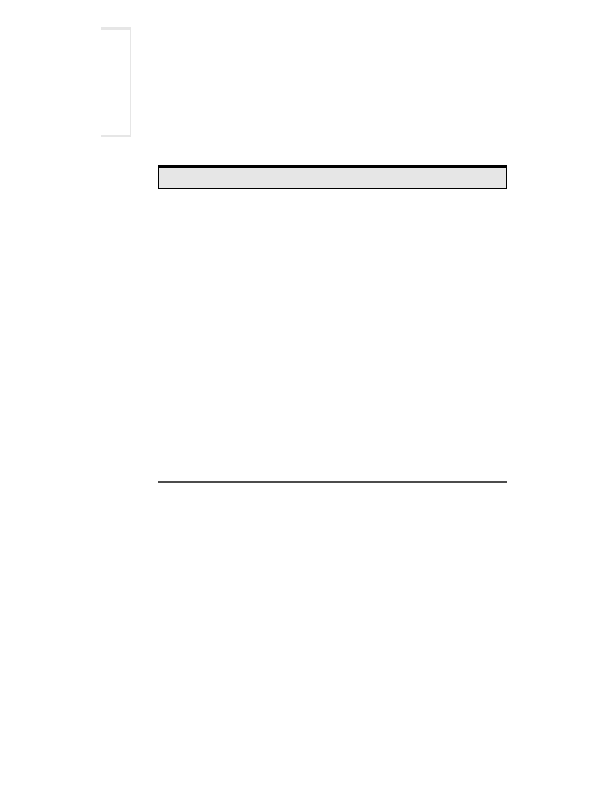

Prentice Hall and Sun Microsystems. Personal use only; do not redistribute.
380
Chapter 15 Integrating Servlets and JSP
Listing 15.11 ShowPage.html
Viewing JSP and Servlet Output
Viewing JSP and Servlet Output
Enter a relative URL of the form /path/name and, optionally,
any attached GET data you want to send. The raw HTML output
of the specified URL (usually a JSP page or servlet) will be
shown. Caveats: the URL specified cannot contain the string
</TEXTAREA>, and attached GET data works
only with servlet engines that support version 2.2.
URL:
GET Data:
15.5 Forwarding Requests From
JSP Pages
The most common request forwarding scenario is that the request first comes
to a servlet and the servlet forwards the request to a JSP page. The reason a
servlet usually handles the original request is that checking request parame
ters and setting up beans requires a lot of programming, and it is more conve
nient to do this programming in a servlet than in a JSP document. The reason
that the destination page is usually a JSP document is that JSP simplifies the
process of creating the HTML content.
However, just because this is the usual approach doesn't mean that it is the
only way of doing things. It is certainly possible for the destination page to be
a servlet. Similarly, it is quite possible for a JSP page to forward requests else
Second edition of this book: www.coreservlets.com; Sequel: www.moreservlets.com.
Servlet and JSP training courses by book's author: courses.coreservlets.com.
footer
Our partners:
PHP: Hypertext Preprocessor Best Web Hosting
Java Web Hosting
Jsp Web Hosting
Cheapest Web Hosting
Visionwebhosting.net Business web hosting division of Web
Design Plus. All rights reserved


